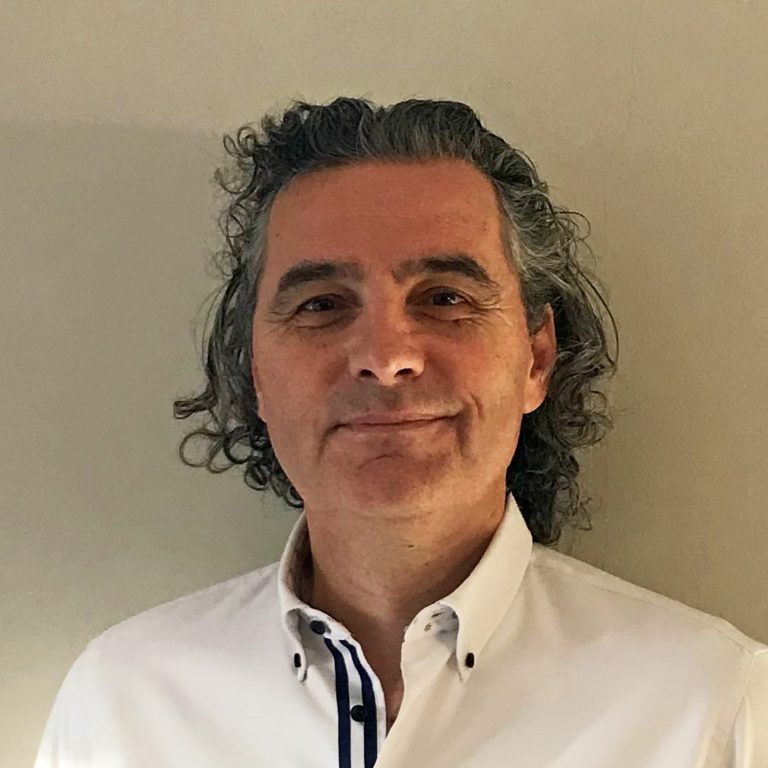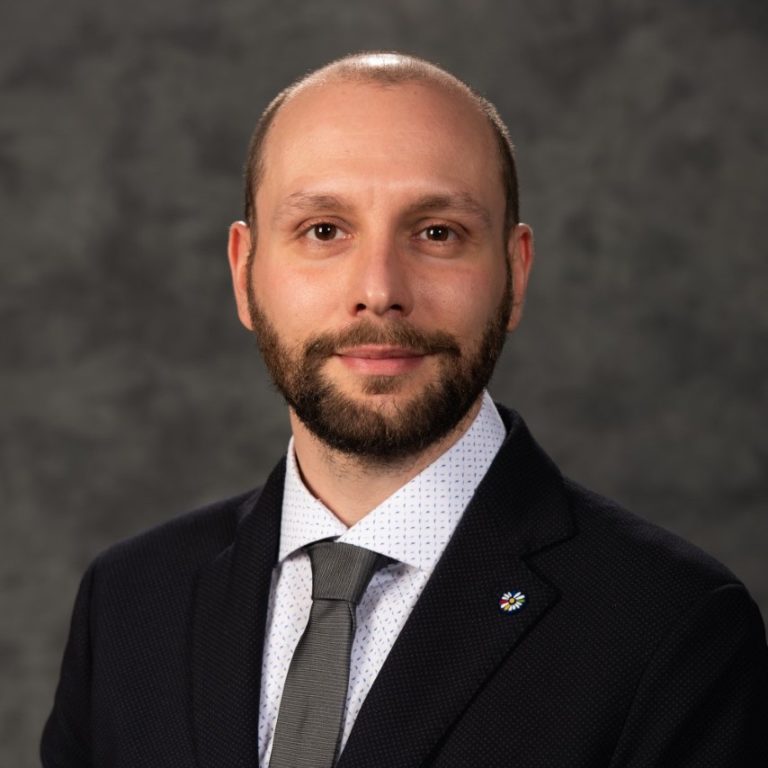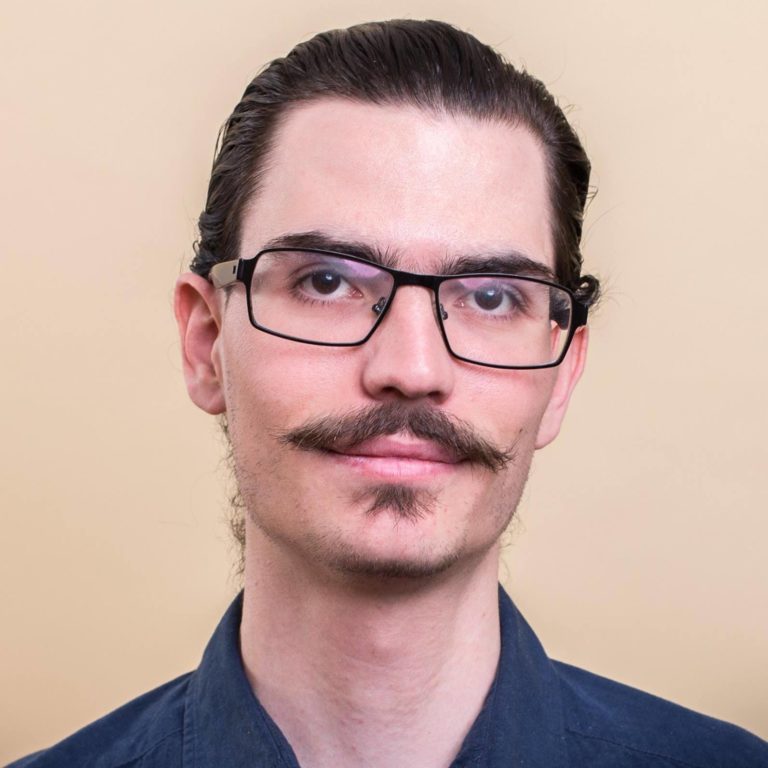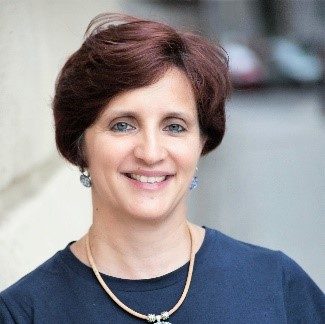Academic staff

prof. Lorenzo Montaro
University of Bologna
Professor Montanaro is a Full Professor at the University of Bologna. He carries out research in the field of clinical pathology with a particular focus on neoplastic and inherited disorders. His activity is directed towards the understanding of the pathological events that follow an alteration of the protein synthetic machinery of the cell in order to identify biomarkers that can be applied for diagnostic purposes and for the definition of the response to therapies

prof. Zoltán Gáspári
Pázmány Péter Catholic University
Biologist, protein structure researcher. His research spans multiple areas of bioinformatics, with expertise in method development and data analysis. Regularly publishes in interdisciplinary, molecular biological, and bioinformatics journals. Regular reviewer for PhD theses, domestic and international grants. Member of the Presidency of the Hungarian Bioinformatics Society.

prof. Matteo Masetti
University of Bologna
Prof. Masetti studies drug-target complexes by integrating different modeling tools from docking to molecular dynamics and network analysis. The training will focus on the use of docking calculations to rationalize and predict the binding modes of small molecules to well-known pharmaceutical targets.

prof. Alexandre M. J. J. Bonvin
Utrecht University
Prof. Bonvin is an expert in many aspects of modeling macromolecular structures and their complexes and the creator of the HADDOCK software for integrative modeling of biomolecular complexes. The training will focus on the specific aspects of antibody-target recognition and modelling.

prof. Antonio De Leo
University of Bologna
Prof. De Leo's research focuses on the integration of molecular, histological, and clinical data to understand tumor pathology and relationships with the tumor microenvironment. The course will offer insights into the integration and interpretation of pathological and molecular data, including analysis of digital slides.

dr. János Huhász
Pázmány Péter Catholic University
Dr. Juhász is an expert in agent-based modeling of cell communities with various cell-cell interactions. The training will include a general overview of microbial model characterization and a hands-on tutorial about the setup and analysis of computational models, such as the competition of two cell types in an environment with limited resources.
Administrative staff

Andrea Mihálffy
Head of International Office
Pázmány Péter Catholic University
